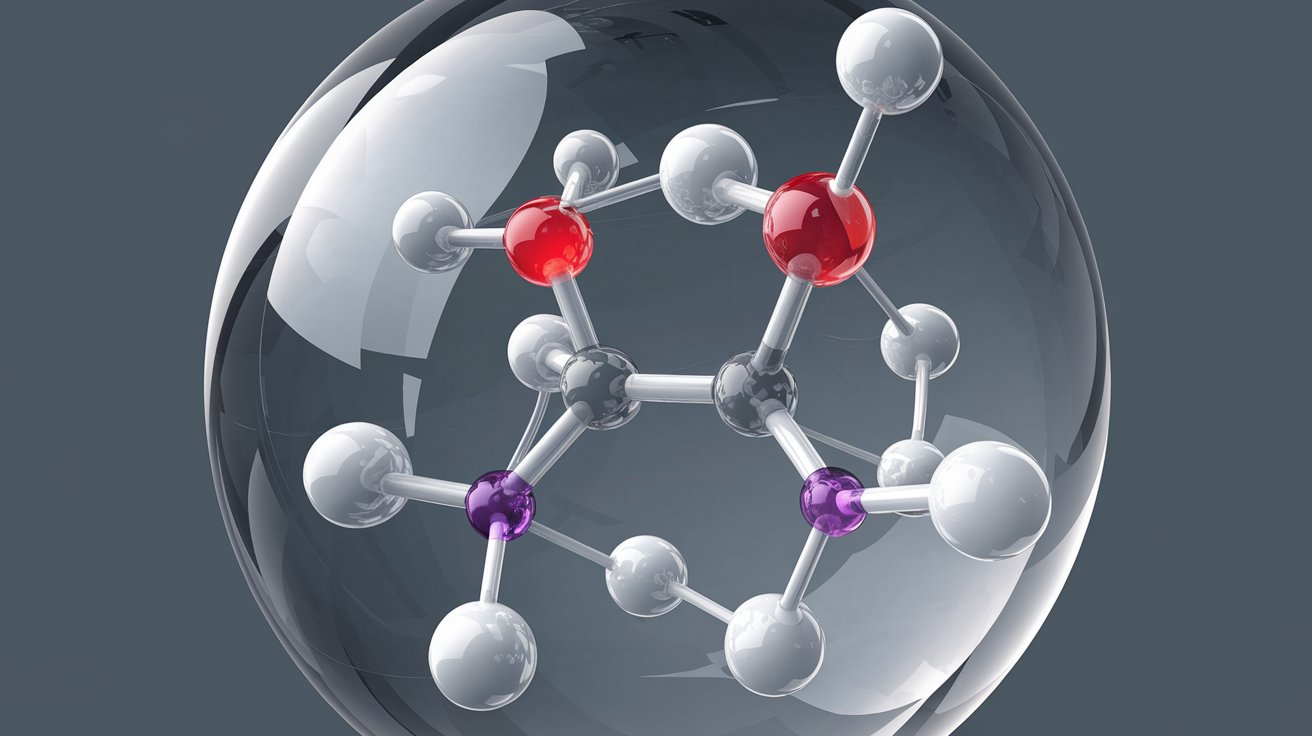
Epibrassicasterol might sound like a tongue-twister, but it's a fascinating compound with some surprising benefits. Found mainly in plants, this sterol plays a crucial role in maintaining cell structure and function. But what makes it so special? Epibrassicasterol is known for its potential health benefits, including anti-inflammatory and cholesterol-lowering properties. It's not just a buzzword in the world of biochemistry; it has practical applications in medicine and nutrition. Whether you're a science enthusiast or just curious about what goes into your food, understanding Epibrassicasterol can offer valuable insights into how plants contribute to our well-being. Ready to learn more? Let's dive into 25 intriguing facts about this remarkable compound!
Key Takeaways:
- Epibrassicasterol, found in plants and algae, offers health benefits like lowering cholesterol and fighting inflammation. It's also used in cosmetics and may have future applications in personalized nutrition and pharmaceuticals.
- This natural compound has potential in cancer research, cardiovascular health, and even agriculture. It's eco-friendly, biodegradable, and could revolutionize various industries, from food to cosmetics.
What is Epibrassicasterol?
Epibrassicasterol is a type of sterol, a subgroup of steroids, found in various plants and algae. Sterols play a crucial role in cell membrane structure and function. Epibrassicasterol, in particular, has unique properties and benefits.
-
Epibrassicasterol is a phytosterol: Phytosterols are plant-derived sterols that resemble cholesterol in structure but have different effects on the body.
-
Found in algae: This sterol is commonly found in marine algae, which are a rich source of various bioactive compounds.
-
Role in cell membranes: Like other sterols, epibrassicasterol helps maintain the integrity and fluidity of cell membranes.
Health Benefits of Epibrassicasterol
Epibrassicasterol offers several health benefits, making it a valuable compound in nutrition and medicine.
-
Lowers cholesterol levels: Phytosterols, including epibrassicasterol, can help reduce cholesterol levels by blocking its absorption in the intestines.
-
Anti-inflammatory properties: This sterol has been shown to possess anti-inflammatory effects, which can help reduce the risk of chronic diseases.
-
Antioxidant effects: Epibrassicasterol acts as an antioxidant, protecting cells from damage caused by free radicals.
Sources of Epibrassicasterol
Knowing where to find epibrassicasterol can help you incorporate it into your diet.
-
Marine algae: As mentioned earlier, marine algae are a primary source of this sterol.
-
Certain vegetables: Some vegetables, particularly those in the Brassicaceae family, contain small amounts of epibrassicasterol.
-
Dietary supplements: Epibrassicasterol can also be found in some dietary supplements designed to provide phytosterols.
Epibrassicasterol in Research
Ongoing research continues to uncover new information about epibrassicasterol and its potential applications.
-
Cancer research: Studies are exploring the potential of epibrassicasterol in cancer prevention and treatment due to its anti-inflammatory and antioxidant properties.
-
Cardiovascular health: Researchers are investigating how this sterol can improve cardiovascular health by lowering cholesterol and reducing inflammation.
-
Neuroprotective effects: Preliminary research suggests that epibrassicasterol may have neuroprotective effects, potentially benefiting conditions like Alzheimer's disease.
Epibrassicasterol in Food Industry
The food industry is also interested in the potential applications of epibrassicasterol.
-
Functional foods: Epibrassicasterol can be added to functional foods to enhance their nutritional value and provide health benefits.
-
Fortified products: Some food products are fortified with phytosterols, including epibrassicasterol, to help consumers manage their cholesterol levels.
-
Natural preservatives: Due to its antioxidant properties, epibrassicasterol can be used as a natural preservative in food products.
Environmental Impact of Epibrassicasterol
Understanding the environmental impact of epibrassicasterol is essential for sustainable practices.
-
Sustainable sourcing: Harvesting marine algae for epibrassicasterol can be done sustainably, ensuring minimal impact on marine ecosystems.
-
Biodegradable: As a natural compound, epibrassicasterol is biodegradable and does not contribute to environmental pollution.
-
Eco-friendly production: The production of epibrassicasterol from algae is considered eco-friendly, as it requires fewer resources compared to synthetic alternatives.
Epibrassicasterol in Cosmetics
The cosmetic industry is also exploring the benefits of epibrassicasterol for skin and hair care.
-
Skin hydration: Epibrassicasterol helps maintain skin hydration by supporting the lipid barrier.
-
Anti-aging properties: Its antioxidant effects can help reduce the signs of aging by protecting the skin from oxidative stress.
-
Hair health: Epibrassicasterol can improve hair health by nourishing the scalp and strengthening hair strands.
Future Prospects of Epibrassicasterol
The future looks promising for epibrassicasterol, with potential new applications and benefits on the horizon.
-
Personalized nutrition: As research advances, epibrassicasterol could play a role in personalized nutrition plans tailored to individual health needs.
-
Pharmaceutical applications: The pharmaceutical industry may develop new drugs based on epibrassicasterol's unique properties.
-
Agricultural uses: Epibrassicasterol could be used in agriculture to improve crop resilience and yield.
-
Biotechnology innovations: Advances in biotechnology may lead to more efficient and sustainable production methods for epibrassicasterol.
Epibrassicasterol: A Hidden Gem
Epibrassicasterol, a lesser-known compound, packs a punch with its unique properties. Found in certain plants, it plays a crucial role in plant growth and defense. This sterol has potential benefits for human health, including anti-inflammatory and antioxidant effects. Researchers are just scratching the surface of its capabilities, but early studies show promise.
Understanding epibrassicasterol can lead to new advancements in agriculture and medicine. Its ability to enhance plant resilience could improve crop yields, while its health benefits might inspire new treatments. Though not a household name, this compound deserves attention for its potential impact.
As scientists continue to explore epibrassicasterol, we may discover even more about its benefits and applications. Keep an eye on future research, as this hidden gem could become a key player in various fields.
Frequently Asked Questions
Was this page helpful?
Our commitment to delivering trustworthy and engaging content is at the heart of what we do. Each fact on our site is contributed by real users like you, bringing a wealth of diverse insights and information. To ensure the highest standards of accuracy and reliability, our dedicated editors meticulously review each submission. This process guarantees that the facts we share are not only fascinating but also credible. Trust in our commitment to quality and authenticity as you explore and learn with us.
